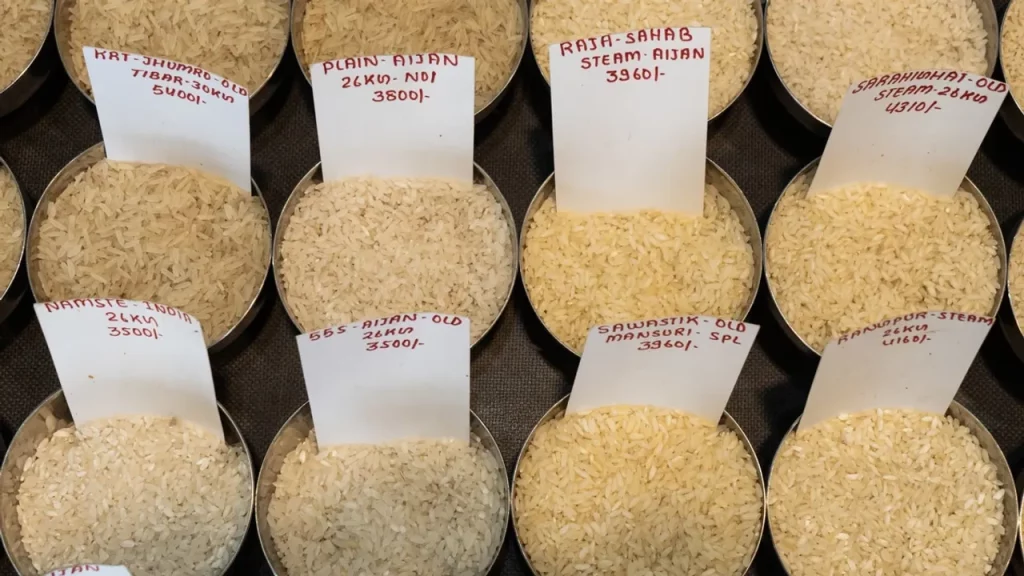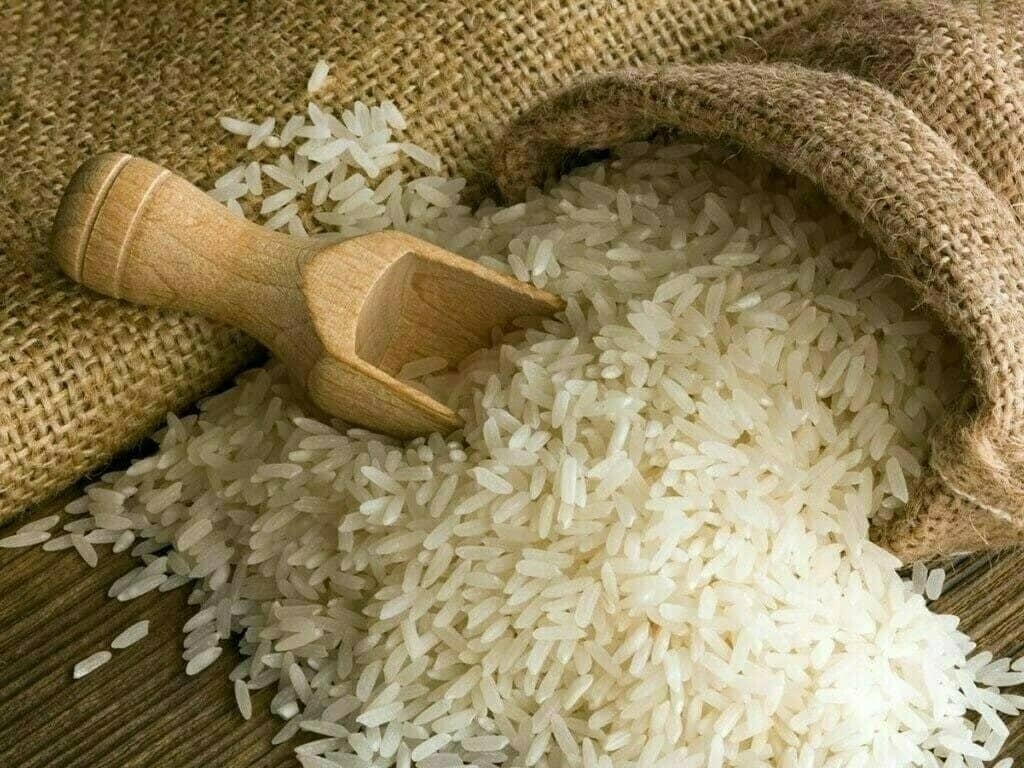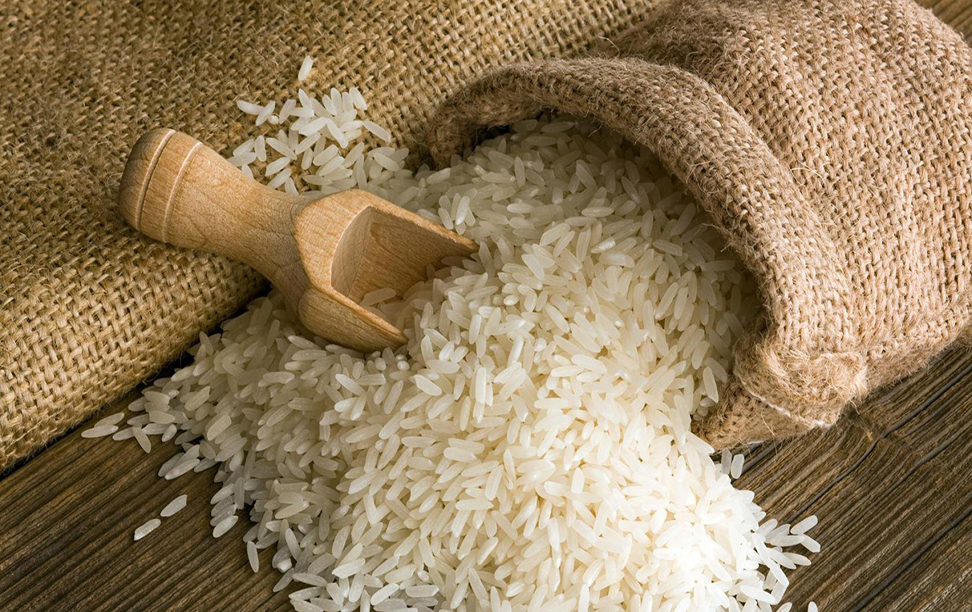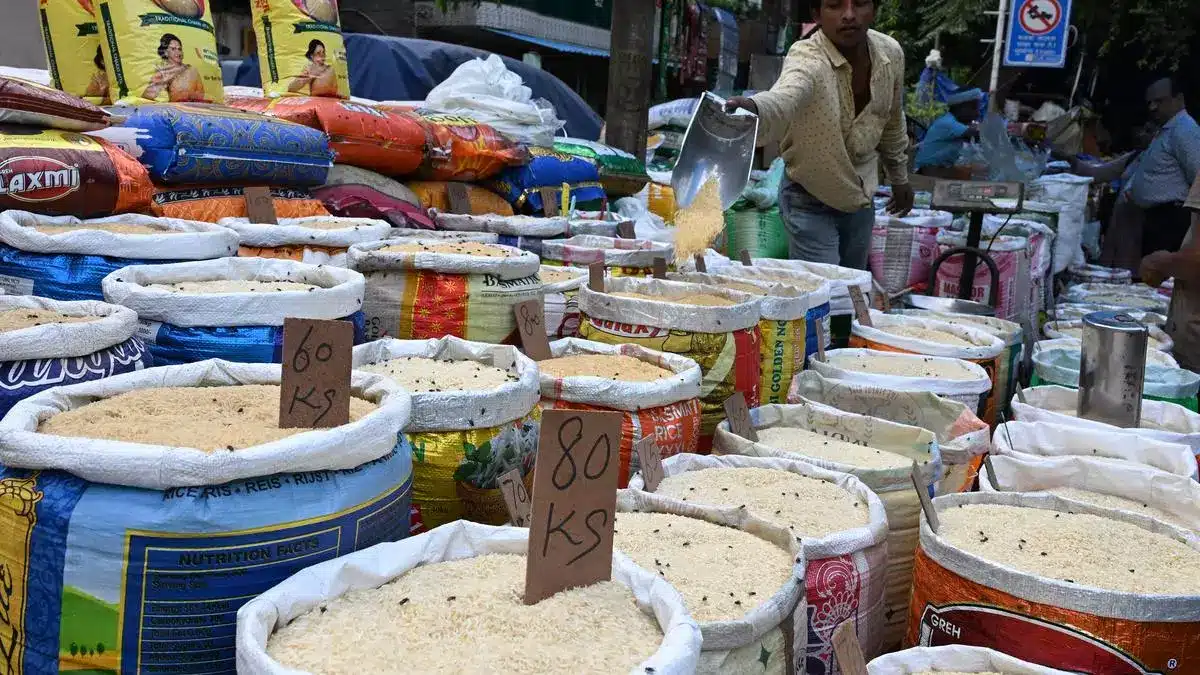Tags
India’s Rice Export Ban Sparks Global Crisis: The Unseen Struggle and Artificial Shortage
India’s decision to restrict rice exports has sent shockwaves through the global rice market, resulting in a 15-year high in benchmark Asian prices. The ripple effect has left rice-importing countries in Africa struggling to find alternative sources, while U.S. rice farmers face their own battle against dwindling profits amidst rising input costs.

India’s Rice Export Ban Sparks Global Crisis: The Unseen Struggle and Artificial Shortage
In the intricate web of the global rice market, a crisis looms large. The world’s top shipper, India, has imposed export restrictions, creating an ‘artificial’ shortage that has sent benchmark Asian prices soaring to a 15-year high.
The Rice Ripple Effect
The Indian government’s decision to limit sales of key rice varieties is aimed at controlling local food prices ahead of national elections. However, this move has had far-reaching implications, causing a significant decrease in exports to major markets, particularly in sub-Saharan Africa.
Rice-importing countries in Africa are now grappling with the fallout, desperately seeking alternative sources. The International Food Policy Research Institute (IFPRI) has issued a stark warning: if exports continue at their current sluggish pace beyond India’s elections, it will likely result in higher prices and increased pressure on rice-importing nations.
The Unseen Struggle of U.S. Rice Farmers
While the global rice market reels from India’s export ban, U.S. rice farmers are waging their own battle. Struggling to compete with foreign governments, they have seen their profits dwindle amidst rising input costs.
In recognition of their plight, Congress has provided $250 million in supplemental funding to help them stay afloat. Despite this aid, the challenge remains steep as market prices for rice have remained stable compared to other agricultural commodities.
An ‘Artificial’ Shortage and Its Impact
The term ‘artificial’ shortage is not mere jargon; it encapsulates the paradoxical situation in countries like Bangladesh. Despite a surplus of over 30 lakh tonnes in rice production in FY22, Bangladesh imported nearly 10 lakh tonnes that year.
A food ministry study revealed that non-human consumption of rice, including pre and post-harvest losses, amounted to 98 lakh tonnes in FY22, constituting 26% of total production. Even after factoring in these losses, the country had a surplus of 30 lakh tonnes.
However, the lack of reliable data and inconsistencies in data provided by the Department of Agricultural Extension (DAE) have led to this ‘artificial’ shortage, according to experts. Imports are dominated by a handful of major importers, leading to an unnatural functioning of the market.
Accurate data on demand and production is essential for effective planning to resolve the crisis in the rice market. Until then, the global rice market will continue to face the ripple effects of India’s export ban, with developing nations bearing the brunt of the impact.
As the world watches and waits, the question remains: how long will the ‘artificial’ shortage persist, and what will be the ultimate cost to the global rice market?
https://bnnbreaking.com/finance-nav/indias-rice-export-ban-sparks-global-crisis-the-unseen-struggle-and-artificial-shortagePublished Date: February 11, 2024







